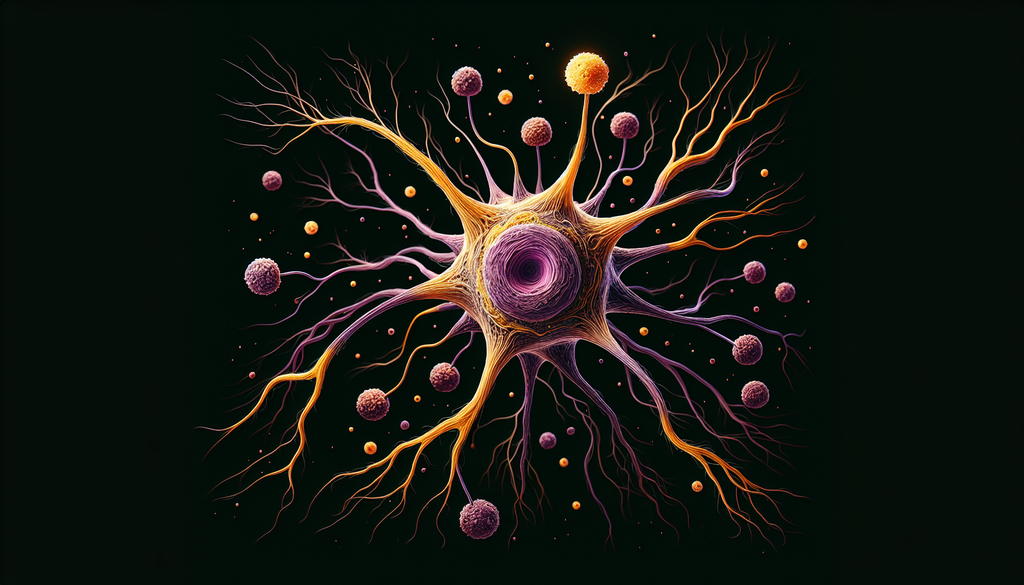Alzheimer's Mutation Could Lead to Unique Type of the Disease

— Nearly All APOE4 Homozygous Individuals Develop Alzheimer’s
Emerging evidence from multiple research cohorts suggests that carrying two copies of the APOE4 gene variant is more than just a risk factor; it may drive a unique genetic form of Alzheimer’s disease.
Data on clinical features, biomarkers, and pathology indicate that APOE4 homozygous individuals could have a distinct genetic trajectory in Alzheimer’s onset, according to Juan Fortea, MD, PhD, from the Hospital of Sant Pau in Barcelona, Spain, and his co-investigators.
In a broad analysis spanning different cohorts, researchers found that nearly all APOE4 homozygotes had definitive signs of Alzheimer's—including significantly elevated biomarkers and pathological changes—by age 55, as compared to APOE3 homozygotes. By the time these individuals reached 65, most had abnormal cerebrospinal fluid (CSF) results, and amyloid scans revealed positive results in about 75%, according to findings published in Nature Medicine. The prevalence of these disease markers sharply increased with age, with the majority showing nearly complete penetrance over time.
“Our findings show that over 95% of individuals with two APOE4 alleles display Alzheimer’s pathology in their brain or through biomarkers we analyzed,” Fortea remarked during a press briefing.
Researchers observed parallels to other genetic mutations, such as PSEN1, PSEN2, or APP, which are linked to early-onset Alzheimer’s within autosomal dominant and Down syndrome contexts.
This new understanding is critical in the realm of anti-amyloid therapies, noted co-investigator Reisa Sperling, MD, from Brigham and Women’s Hospital in Boston. “It’s been particularly difficult to comprehend why APOE4 carriers display a higher incidence of amyloid-related imaging anomalies (ARIA) during trials involving anti-amyloid treatments,” she explained.
“We need to rethink treatment strategies specifically for APOE4/4 carriers,” she added. “These patients are often very aware of Alzheimer’s in their family history and are in urgent need of therapeutic options. For this population, amyloid seems to be a key trigger, and I hope future efforts will focus on safe and preventive interventions.”
To gain deeper insights, Fortea and the team examined comprehensive pathology data from 3,297 brain donors, including 273 APOE4 homozygotes sourced from the National Alzheimer’s Coordinating Center. The biomarker and clinical data came from over 10,000 individuals in five major multicenter cohorts located in the U.S. and Europe, including 519 APOE4 homozygotes. A majority of the participants were of white ethnicity.
Symptoms in APOE4 homozygous individuals typically began to manifest by age 65, in contrast to around age 74 for APOE3 homozygotes. The sequence of biomarker shifts and onset timelines closely mirrored those observed in cases of autosomal dominant Alzheimer’s or Down syndrome-driven Alzheimer’s, though once symptoms reached the dementia stage, the group didn’t show significant amyloid or tau differences on PET imaging compared to other forms of the disease.
This redefinition of APOE4 homozygosity as a genetic form of Alzheimer’s has broad implications for diagnosis, research, and therapeutic development, commented Yadong Huang, MD, PhD, from the University of California San Francisco, alongside his co-authors in an editorial that accompanied the study.
Globally, approximately 2% of the general population are APOE4 homozygotes. As a result, classifying this as a genetic form of Alzheimer’s establishes it as one of the most common Mendelian disorders, the authors highlighted.
This reframing emphasizes how critical it is to grasp the mechanisms through which APOE4 may drive the disease process and points to the importance of specialized drug development, Huang and his peers wrote. “Despite broader Alzheimer’s research expanding beyond amyloid-centric treatments to target principles like tau and neuroinflammation, APOE4-focused therapies remain underexplored,” they noted.
The study also serves as a foundation to explore genetics-driven approaches, such as CRISPR-based gene editing and cell replacement strategies for APOE4-homozygous Alzheimer’s patients, the team remarked, indicating the potential for new therapeutic directions. Additionally, it positions APOE4 homozygotes as a unique subpopulation in the design and execution of future clinical trials.
Fortea and co-authors asserted that these findings pave the way for personalized preventative measures, tailored clinical studies, and patient-specific treatment pathways. They also stressed the necessity for new research beyond predominantly white cohorts, suggesting that APOE4 prevalence and its effects may differ across various ethnic backgrounds. “Future research needs to focus on more diverse, population-based studies,” they concluded.
Disclosures
This study involved resources from several large research initiatives, including the National Alzheimer’s Coordinating Center, the Alzheimer’s Disease Neuroimaging Initiative, the A4 Study, the ALFA Study, the Wisconsin Register for Alzheimer’s Prevention, and the OASIS3 Project.
Fortea disclosed relationships with pharmaceutical and biotech companies including AC Immune, Adamed, Alzheon, Biogen, Eisai, Esteve, Fujirebio, Ionis, Laboratorios Carnot, Life Molecular Imaging, Eli Lilly, Lundbeck, Perha, and Roche. He also holds a patent related to synapse degeneration markers in neurodegenerative diseases.
Several co-authors also disclosed affiliations with pharmaceutical companies and relevant industry stakeholders. Huang disclosed a link with GABAeron. No additional editorial disclosures were made.
Primary Source
Nature Medicine
Source Reference: Fortea J, et al. "APOE4 Homozygosity Represents a New Genetic Form of Alzheimer’s Disease" Nat Med 2024; DOI: 10.1038/s41591-024-02931-w.
Secondary Source
Nature Medicine
Source Reference: Xu Q, et al. "APOE4 Homozygosity is a Novel Genetic Driver of Alzheimer’s Disease" Nat Med 2024; DOI: 10.1038/s41591-024-02923-w.


